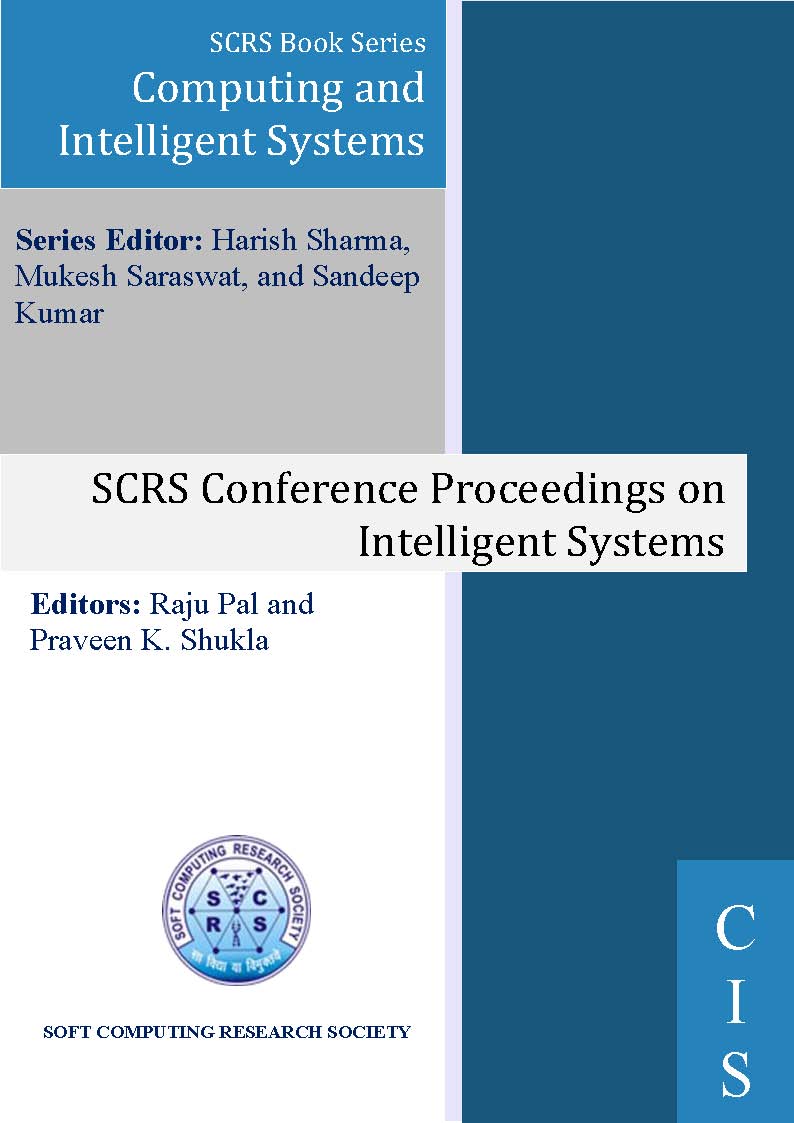
Development of an Intelligent Vitiligo Detection Classifier
Authors: Muzamil Fayaz, Deepti Malhotra and Naina Kala Dogra
Publishing Date: 09-09-2022
ISBN: 978-81-955020-5-9
Abstract
Vitiligo, a widespread depigmenting skin condition is characterized by loss of melanocytes in a selective manner, resulting in nonscaly, chalky-white macules. Vitiligo is a common pigment-degrading skin disease, apparently marked by white patches on the skin and broadly classified into two categories: Segmental vitiligo and Non-segmental vitiligo. An extensive survey of AI-based diagnostic systems for segmental and nonsegmental vitiligo has also been presented. The dermatologist's experience and subjectivity in visual perception of depigmented skin lesions play a big role in Vitiligo diagnosis and its classification. So, there is a dearth need to implement machine learning approaches to improve diagnosis accuracy. Motivated by the fact, the intelligent convolutional neural networks (CNNs) based Vitiligo classification model IVC has been proposed in the research work to classify the Non-segmental vitiligo into its subtypes like Acrofacial, Focal, Generalized and Mucosal vitiligo. The dataset consisting of 507 vitiligo infected images has been collected and manually labelled to accomplish the whole research work.
Keywords
IVC, ResNet50, Vgg16, Melanocytes, CNNs.
Cite as
Muzamil Fayaz, Deepti Malhotra and Naina Kala Dogra, "Development of an Intelligent Vitiligo Detection Classifier", In: Saroj Hiranwal and Garima Mathur (eds), Artificial Intelligence and Communication Technologies, SCRS, India, 2022, pp. 235-243. https://doi.org/10.52458/978-81-955020-5-9-25